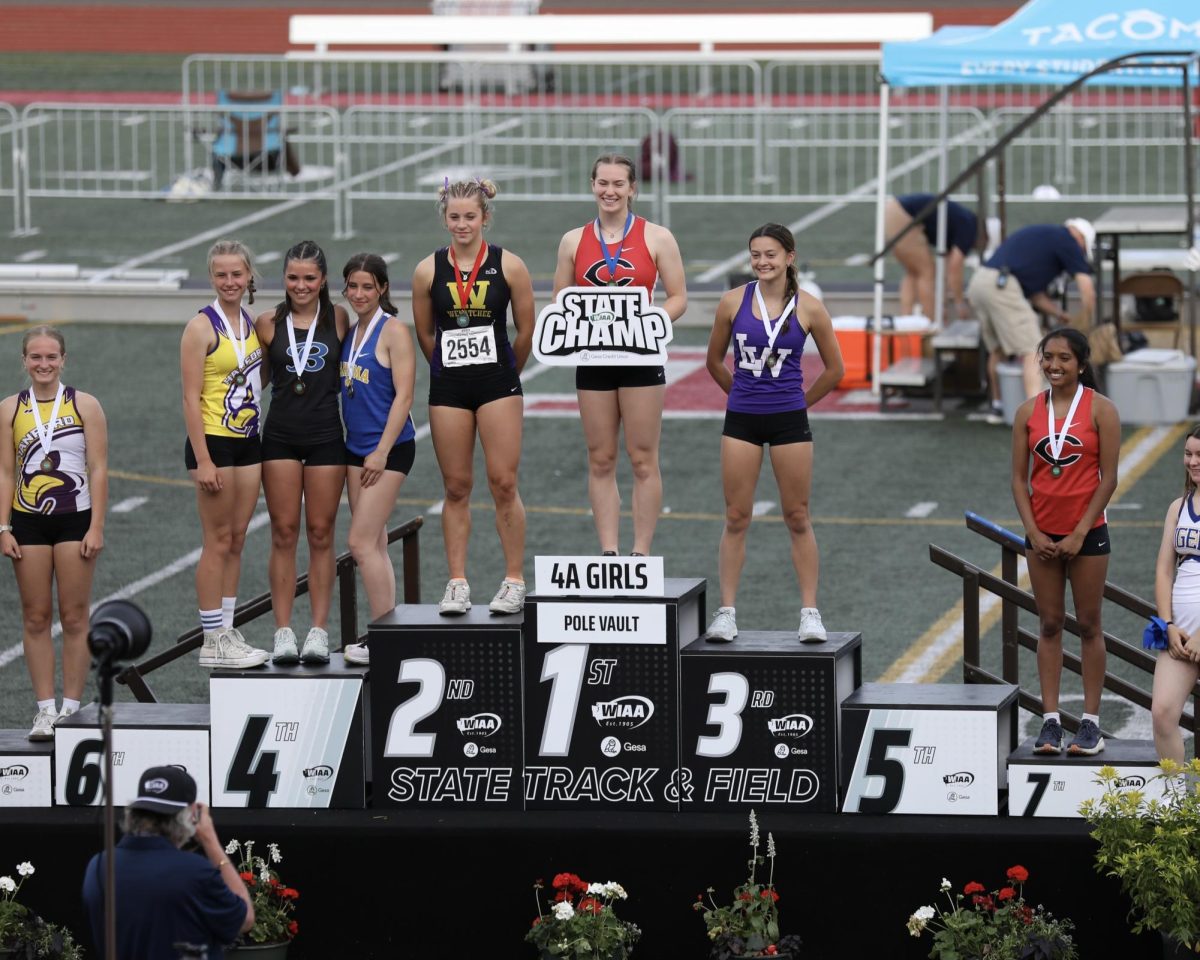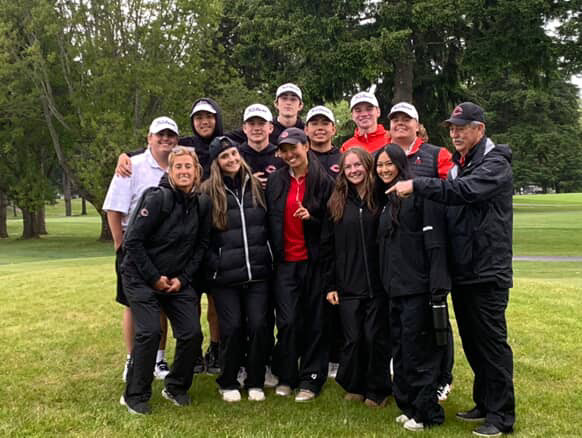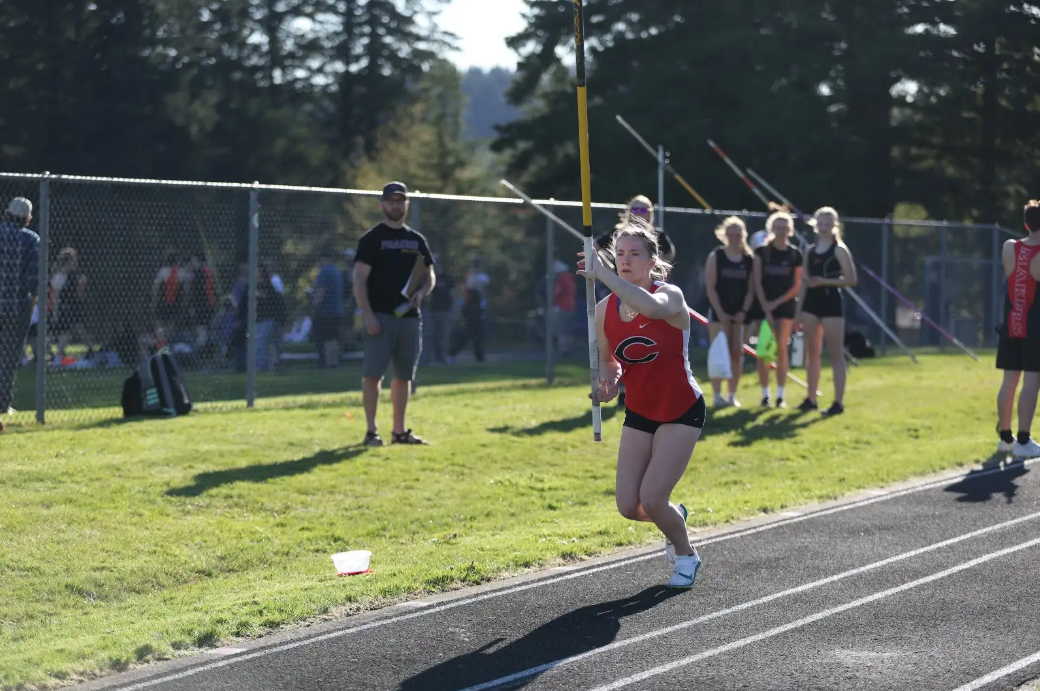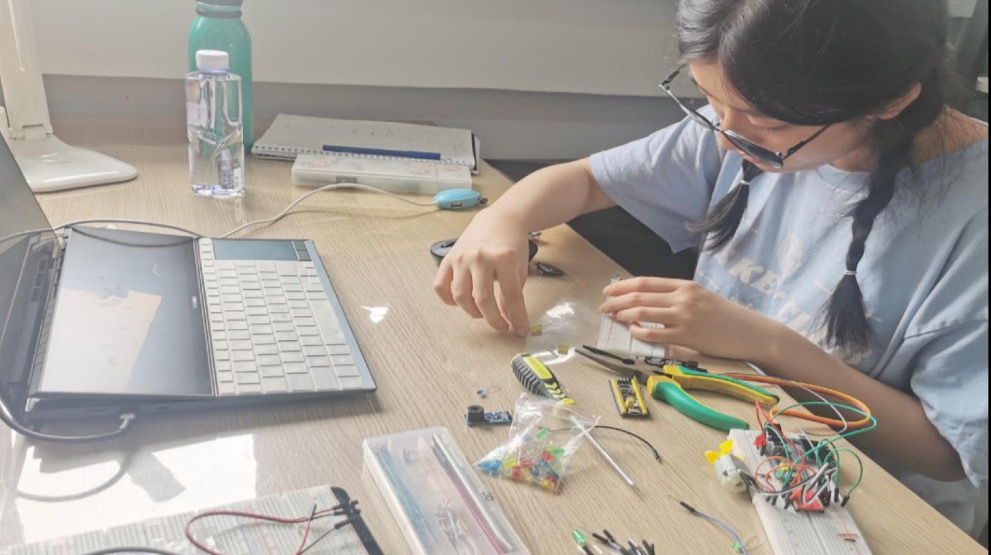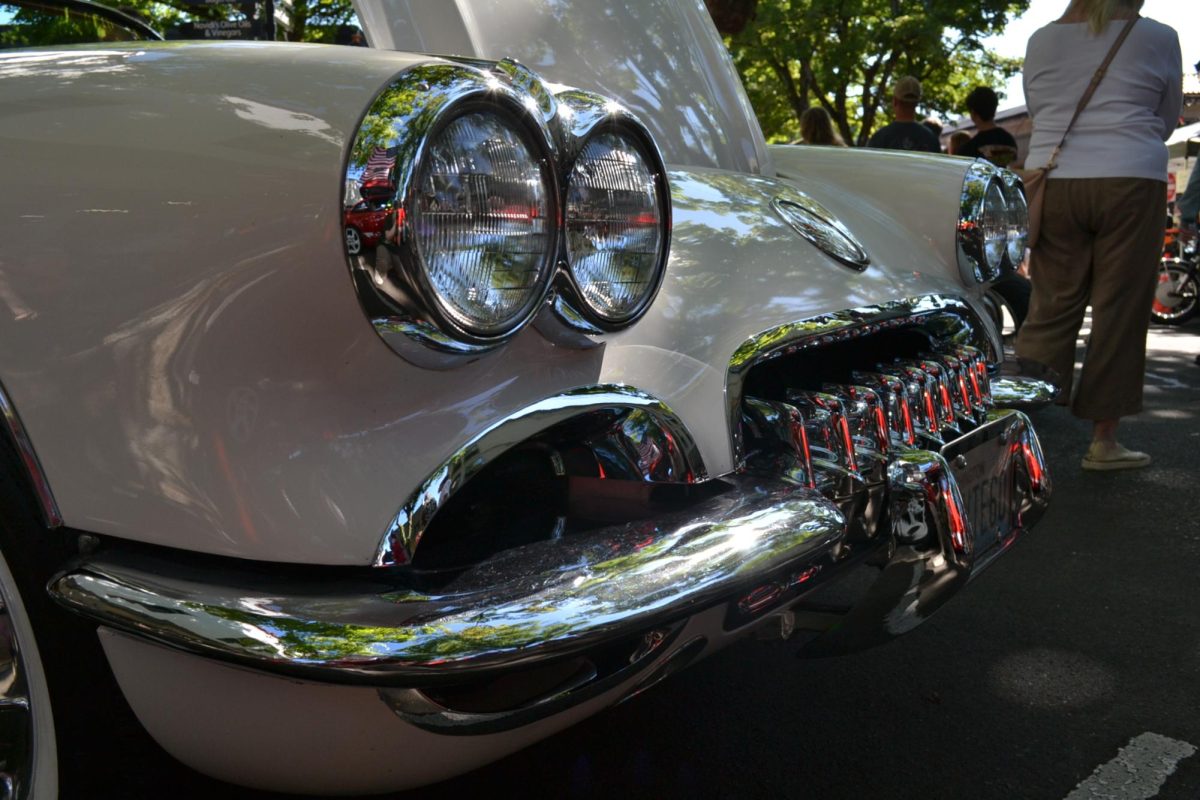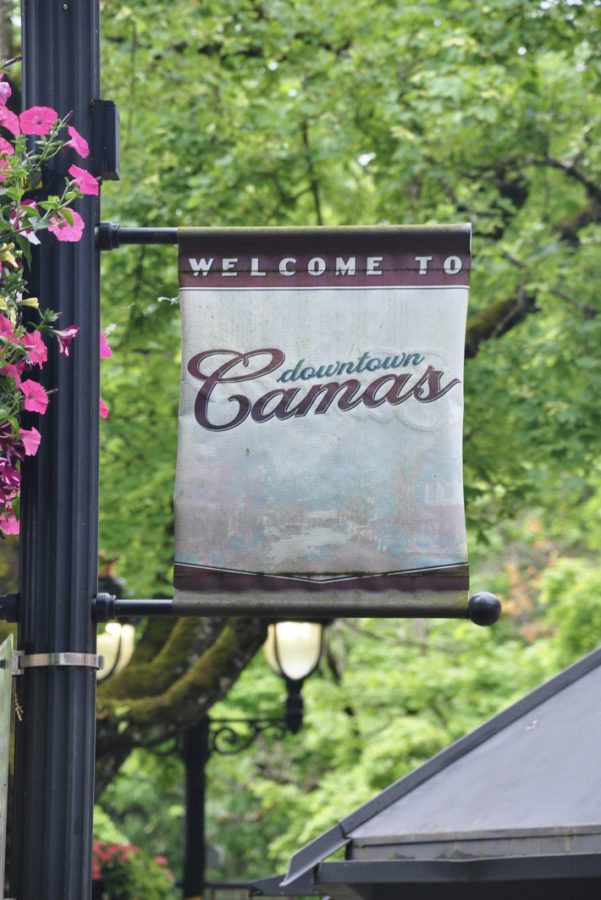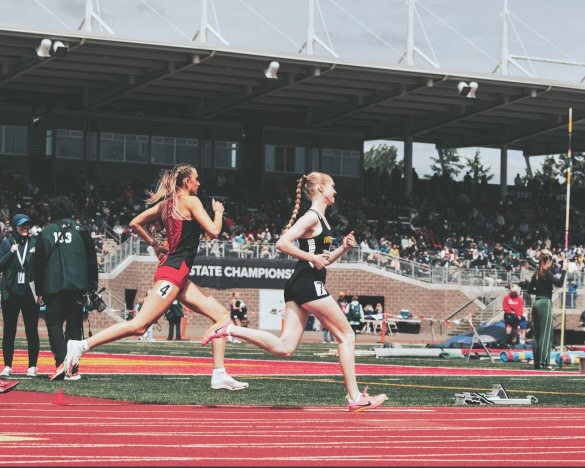As Black Lives Matter protests continue across the country, several Camas High School students are coming up with creative ways to support the movement. In addition to organizing local protests in downtown Camas and starting a bake sale to support social justice organizations, student leaders of two CHS clubs have joined forces to accomplish a common goal: a downtown mural to show support for Black Lives Matter.

The clubs now working on the mural are The Student Voice Project, started last October by Juniors Eli McMillan and Vivienne Funches, and the Camas Shelter Society (CSS), started during second semester by Juniors Keilee Siefer and Piper Stroh.
After the death of George Floyd, members of both clubs expressed they wanted to do something permanent to unite the Camas community. There have been several ideas generated over the past couple of weeks between students, staff, and administrators. The one idea that everyone thinks highly of is artwork.
Siefer said, “Right now we’re in the process of making it a permanent mural. It’s definitely something that will happen. We will not rest until there is a permanent mural in Downtown Camas.”

Another idea is a traveling mural that goes from school to school in the Camas School District, as well as artwork placed around the halls of CHS.
Siefer said, “We wanted to let the whole community be in on it — let everyone in the community be able to do their own thing on it. A design that we were talking about and that will probably be what the design is, is basically a world and in the middle equality and freedom.”
Siefer stressed the project needs to involve the whole community to really get the whole effect. She also mentioned they will bring different artists to help create images that reflect the community.
A timeline has not yet been established for the project.
Funches, one of The Student Voice Project leaders, said, “I can’t really say a definitive timeline, but soon hopefully, we hope soon. We’re trying every day.”
In addition to creating a visual project, the clubs want to enforce change in the classrooms. Siefer, McMillan, and Funches have found some resources on equity that they want to share with the community.
Funches said, “I feel like a lot of times we get in a sheltered bubble. By talking about these issues we’re helping by really showing the value behind Black Lives Matter and doing things in the community to help black people especially, feel like they’re supported in this.”
That is exactly the focus of The Student Voice Project.
“We have discussions about things that are important to the community like race and stuff that pertains to equity and how equity can incorporate into those realms of student life. We use student voices and student opinions to feel what we do and how we have our meetings.”, said Funches.
Before students were dismissed from in-person learning in mid-March due to the coronavirus pandemic, the club had a regular meeting schedule every other week The club wants to give students a voice and make it so they are freely able to express their ideas, themselves, and make changes.
Funches said, “For me, I’m thankful that I was given the opportunity because I feel like I haven’t had a voice until now, and I feel like every student should be able to voice their opinion and talk about these things like social injustice and social issues.”
A large percent of the issues that the Student Voice Project discusses pertains to things that affect the black community.
“Especially in Camas, the black community is such a small group. It’s such white majority so it’s very important that we talk about, especially black issues, and are educating continually so that people know about these things,” Funches said.

Funches touched on the importance of having the conversation and spreading awareness through school curriculum.
“For me, especially being a black student, I don’t really feel I’m represented, and there’s also this level of bias in learning which only benefits a certain group of people” said Funches.
Siefer has found several resources that Funches said are really essential in starting the conversation as well as educating.
“Things like racism are taught and it’s learned through what we aren’t learning and what we are learning. That’s like the biggest thing to me is if [there is] any way we can implement that into our teaching and education within schools, not only just for Camas, but all schools,” Funches said.
All in all, leaders for these two clubs are very confident there will be a mural in Downtown Camas, a traveling mural, and artwork around the schools that reflect unity and togetherness. There is no timeline for the mural due to the coronavirus, but these students have vowed to work non-stop until there is change in their community.

